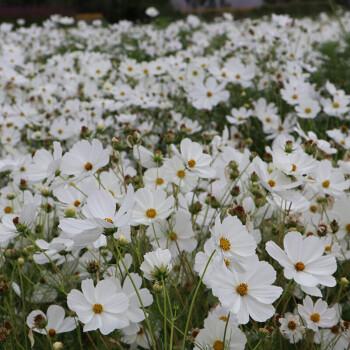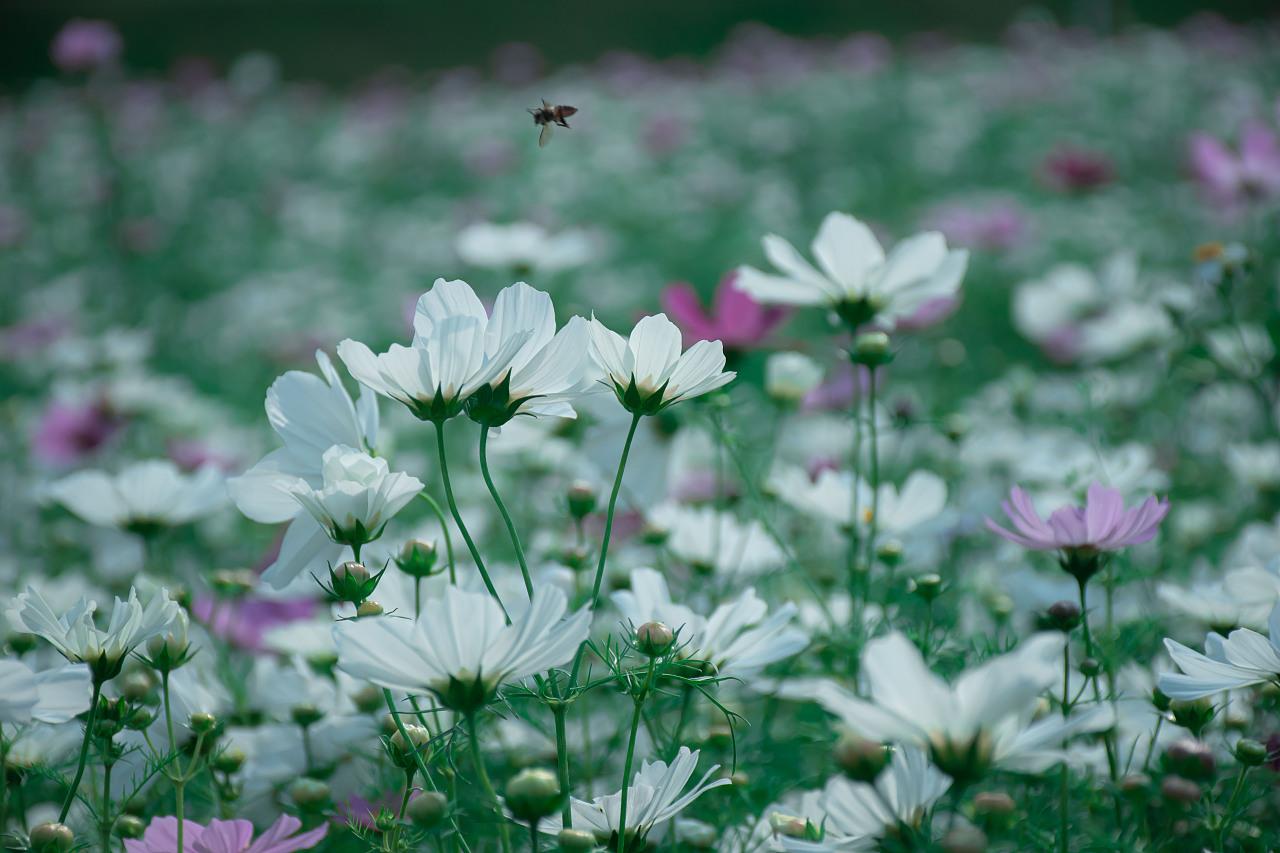The family Amaranthaceae has an interesting story. It consists of more than 2,500 species of flowering plants, many of which have been used for centuries for their medicinal properties and as a source of food. In fact, the ancient Aztecs of Mexico believed that amaranth, a type of plant in this family, had magical powers. They used it as a staple food in their diet and also as part of their religious ceremonies. Today, amaranth is still consumed in various forms around the world and is recognized for its high nutritional value. Additionally, some species in the Amaranthaceae family have been used to develop new medicines and are being studied for their potential in treating various diseases.
Picture
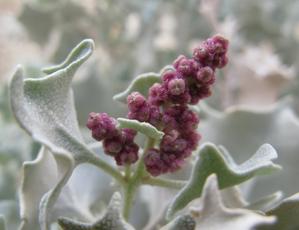
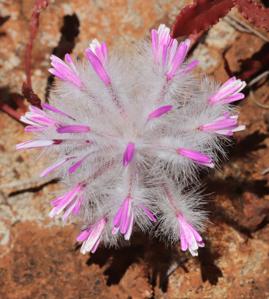
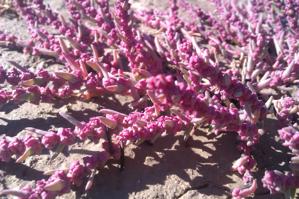
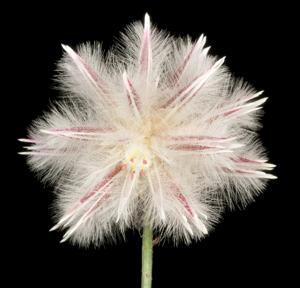
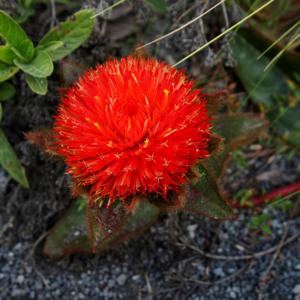
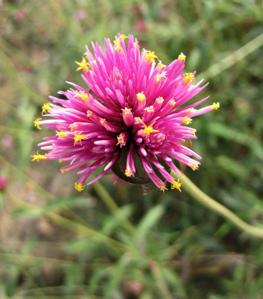
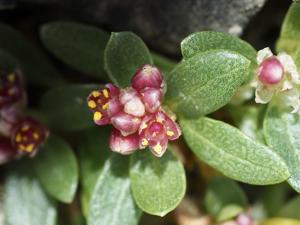
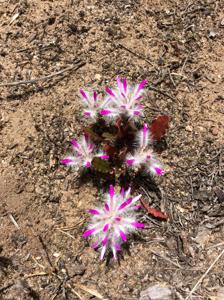
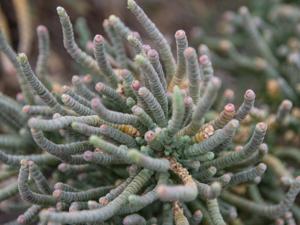
Plant some seeds now!
Short Description
Amaranthaceae (/ˌæmərænˈθeɪsiaɪ, -iiː/ AM-ər-an-THAY-see-e(y)e) is a family of flowering plants commonly known as the amaranth family, in reference to its type genus Amaranthus. It includes the former goosefoot family Chenopodiaceae and contains about 165 genera and 2,040 species, making it the most species-rich lineage within its parent order, Caryophyllales.
Description
Vegetative characters
Bassia laniflora (illustration), Camphorosmoideae
Most species in the Amaranthaceae are annual or perennial herbs or subshrubs; others are shrubs; very few species are vines or trees. Some species are succulent. Many species have stems with thickened nodes. The wood of the perennial stem has a typical “anomalous” secondary growth; only in subfamily Polycnemoideae is secondary growth normal.
The leaves are simple and mostly alternate, sometimes opposite. They never possess stipules. They are flat or terete, and their shape is extremely variable, with entire or toothed margins. In some species, the leaves are reduced to minute scales. In most cases, neither basal nor terminal aggregations of leaves occur.

